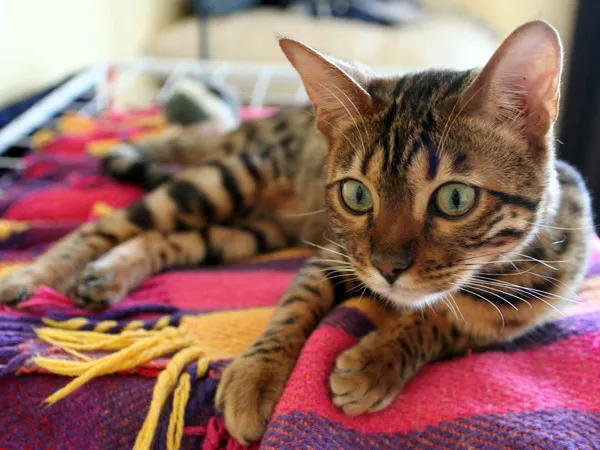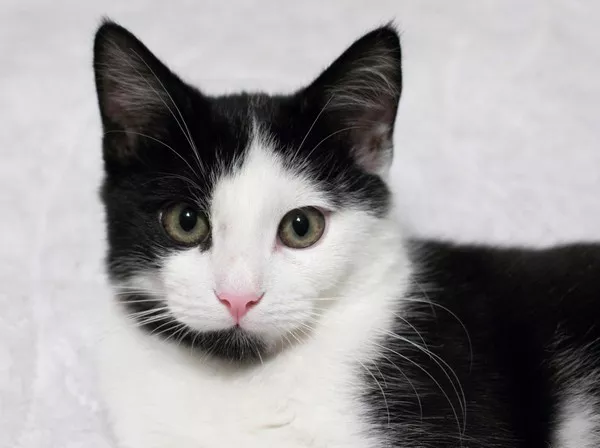Traveling with a cat can be a daunting task, especially when flying. Whether you’re relocating, going on vacation, or attending a pet-friendly event, understanding how to board your cat on a plane is essential. This article will provide an in-depth look at the necessary preparations, airline policies, documentation, travel day tips, and post-arrival care to ensure a smooth journey for you and your feline companion.
Preparation
1. Health Check
Before embarking on a journey, it’s crucial to schedule a visit to the veterinarian. A health check is important for several reasons:
Fitness for Travel: The vet will assess your cat’s overall health and determine if they are fit for travel. Certain health conditions may pose risks during a flight, so it’s essential to have a professional evaluation.
Health Certificate: Most airlines require a health certificate to ensure that your cat is free from diseases and is fit for travel. This certificate is usually valid for 10 days and should be obtained shortly before your departure. Your veterinarian will provide you with the necessary documentation, detailing your cat’s health status and vaccinations.
Vaccination Updates: During the visit, confirm that your cat is up to date on all vaccinations, particularly the rabies vaccine, which is often a requirement for air travel.
2. Carrier Selection
Choosing the right carrier is crucial for a safe and comfortable flight. Here are some factors to consider when selecting a carrier:
Airline Regulations: Each airline has specific regulations regarding pet carriers. Ensure that the carrier meets the airline’s dimensions for cabin travel. Typically, carriers should fit under the seat in front of you.
Comfort and Safety: The carrier should be well-ventilated, sturdy, and escape-proof. It should have a comfortable interior, allowing your cat to stand, turn around, and lie down. Some carriers come with removable bedding, which can make the journey more comfortable.
Ease of Access: Look for a carrier that allows for easy access. Front-loading carriers are often more convenient for placing your cat inside and for removing them after the flight.
Familiarity: If possible, choose a carrier that your cat is already familiar with. This can help reduce anxiety and make the travel experience smoother.
3. Acclimation
Acclimating your cat to the carrier before the trip can significantly reduce stress during travel. Here are some tips to help your cat feel more comfortable:
Introduce the Carrier Early: Start introducing the carrier weeks in advance. Place it in a common area of your home, allowing your cat to explore it at their own pace.
Make it Inviting: Add soft bedding and a favorite toy or blanket to the carrier. The familiar scents can create a sense of security for your cat.
Positive Reinforcement: Encourage your cat to enter the carrier by using treats or their favorite toys. Praise them when they explore or enter the carrier to build positive associations.
Short Practice Trips: Once your cat is comfortable with the carrier, consider taking them on short car trips to mimic the travel experience. This will help them adjust to the motion and confinement.
Airline Policies
Before booking your flight, it is essential to research the specific airline’s pet policies. Different airlines have varying rules and restrictions regarding pet travel. Here’s what to look for:
Breed Restrictions: Some airlines may have restrictions on certain breeds, particularly brachycephalic (flat-faced) cats, due to their respiratory issues. Check if your cat’s breed is eligible for air travel.
Carrier Dimensions: Each airline will provide specific dimensions for pet carriers. Make sure to measure your carrier and compare it with the airline’s requirements to avoid any issues on the day of travel.
Fees: Be aware that airlines often charge fees for bringing a pet on board. These fees can vary widely, so it’s important to factor them into your travel budget.
Booking
Once you have chosen an airline that meets your needs, the next step is to book a ticket for your cat:
Notify the Airline in Advance: When making your reservation, inform the airline that you will be traveling with a pet. Some airlines have limited spots available for pets in the cabin, so it’s crucial to secure your cat’s place as early as possible.
Documenting Pet Travel: Keep a record of any correspondence with the airline regarding your pet’s travel arrangements, including confirmations of fees and pet policies.
Documentation
1. Health Certificate
As mentioned earlier, obtaining a health certificate is often mandatory for air travel. Make sure that:
Timing: The health certificate is issued within 10 days of travel. Plan your vet appointment accordingly to ensure it is valid when you fly.
Contents: The certificate should include details about your cat’s health status, vaccinations, and any other relevant medical information that may be required by the airline or destination.
2. Vaccinations
Confirm that your cat is up to date on vaccinations, particularly:
Rabies Vaccine: Most airlines require proof of a rabies vaccination, which should be administered at least 30 days before travel. Ensure that you have the vaccination certificate ready.
Other Vaccinations: Depending on your destination, additional vaccinations may be required. Always check with your veterinarian about any travel-related vaccine recommendations.
3. Microchip
Ensuring that your cat is microchipped is a wise precaution, especially for international travel:
Identification: A microchip provides a permanent form of identification, increasing the chances of reuniting with your cat if they become lost during the journey.
Up-to-Date Information: Verify that the microchip information is current, including your contact details. This is especially important if you are traveling to a new location.
Travel Day
1. Feeding and Hydration
On the day of travel, take special care to keep your cat hydrated and nourished:
Feeding Schedule: Avoid feeding your cat right before the flight. Instead, provide a light meal a few hours before departure to prevent motion sickness.
Hydration: Ensure your cat has access to fresh water before the journey. You can use a travel bowl that attaches to the carrier for easy access during layovers.
2. Security Screening
When traveling by air, you will need to go through TSA security screening:
Removing the Cat: At the security checkpoint, you will likely be required to remove your cat from the carrier and carry them through the screening area. This process can be stressful for your cat, so remain calm and reassure them.
Carrier Inspection: Place the carrier on the conveyor belt for screening. Ensure that the carrier is properly secured and doesn’t open during inspection.
3. In-Flight Comfort
During the flight, it’s essential to ensure your cat remains comfortable:
Comfort Items: Place a blanket or your cat’s favorite toy inside the carrier. Familiar scents can provide comfort and reduce anxiety.
Calming Aids: Consider using calming sprays or natural remedies that can help alleviate stress during travel. Always consult your veterinarian before using any products.
Arrival
1. Post-Flight Care
Upon arrival, your cat may need some time to adjust to their new environment. Here’s how you can help:
Time to Acclimate: Allow your cat to explore their new surroundings at their own pace. Avoid overwhelming them with too much stimulation immediately after arrival.
Monitoring for Stress: Keep an eye on your cat for any signs of stress or discomfort, such as hiding, excessive vocalization, or refusal to eat. Address these issues gently and provide a quiet space for them to relax.
2. Emergency Preparedness
Being prepared for emergencies during your trip is crucial:
Veterinary Contacts: Research veterinary clinics near your destination in case of emergencies. Keep this information handy for quick access if needed.
Emergency Kit: Consider putting together a small emergency kit that includes basic supplies such as food, water, a first aid kit, and any medications your cat may need.
Conclusion
Boarding a cat on a plane requires thorough preparation and careful consideration of various factors to ensure a smooth travel experience. From health checks and carrier selection to understanding airline policies and post-flight care, each step is vital for your cat’s comfort and safety. By taking the time to prepare adequately and addressing any concerns, you can help your feline friend navigate the journey with ease. Remember, the goal is to prioritize cat boarding and maintain your cat’s well-being throughout the trip. With proper planning and attention, traveling with your cat can be a rewarding experience for both of you.
Related Topics



























